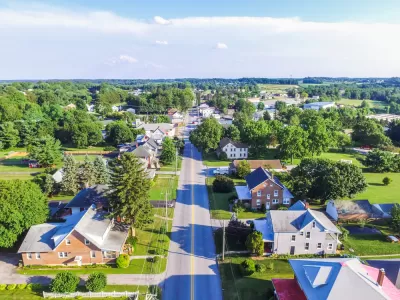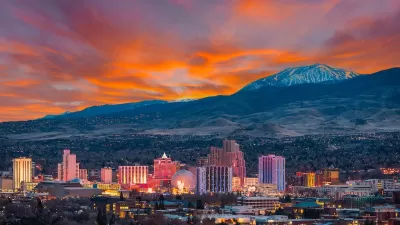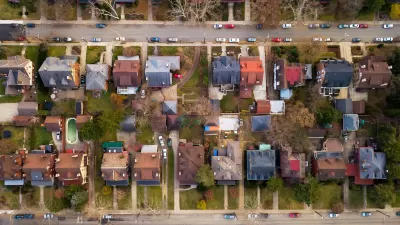With the growth of ‘Zoom towns’ and the sharply rising demand for small-town living, rural communities are facing pressure to maintain housing affordability for long-time residents and boost housing production.

“The COVID-19 pandemic changed the ways many people work and live. One of these changes has been an increase in the number of people who are trading in life in a big city for small-town living, including higher-income earners who work from home.” As a result, rural communities are struggling to keep up with housing demand, pushing prices higher. Margaret Gallagher outlines steps rural communities can take to preserve housing affordability as demand rises.
“As rural populations begin to grow, many communities are investing in renovating empty industrial or commercial buildings into upscale multifamily living. Such investments will expand the housing market, providing additional housing options, and taking the stress off the market, but these redevelopment projects don’t typically include affordable units for low-income households,” writes Gallagher. “By investing in the restoration of its current housing stock and by turning single-family homes into multi-family units where needed, rural communities can address pre-existing housing repair needs while also providing additional affordable housing units to meet new demands.”
Another mechanism growing in popularity, “Community land trusts have also been used effectively to acquire and reserve existing developable land and even existing vacant housing to ensure it remains affordable for future use.”
The article lists additional strategies for improving housing affordability and preserving housing stock in rural areas, such as providing density bonuses, reducing barriers to development, and encouraging a diverse range of housing options that include mobile homes and multifamily buildings.
FULL STORY: No Vacancies: Affordable Housing Growing Scarce in Rural Communities

Trump Administration Could Effectively End Housing Voucher Program
Federal officials are eyeing major cuts to the Section 8 program that helps millions of low-income households pay rent.

Planetizen Federal Action Tracker
A weekly monitor of how Trump’s orders and actions are impacting planners and planning in America.

Ken Jennings Launches Transit Web Series
The Jeopardy champ wants you to ride public transit.

‘Smart Surfaces’ Policy Guide Offers Advice for Building and Maintaining Urban Tree Canopies
Healthy, robust tree canopies can reduce the impacts of extreme heat and improve air quality.

New Jersey Lawsuit Targets Rent-Setting Algorithms
The state of New Jersey is taking legal action against landlords and companies that engage in what the state’s Attorney General alleges is illegal rent fixing.

Washington Legislature Passes Rent Increase Cap
A bill that caps rent increases at 7 percent plus inflation is headed to the governor’s desk.
Urban Design for Planners 1: Software Tools
This six-course series explores essential urban design concepts using open source software and equips planners with the tools they need to participate fully in the urban design process.
Planning for Universal Design
Learn the tools for implementing Universal Design in planning regulations.
Heyer Gruel & Associates PA
Ada County Highway District
Institute for Housing and Urban Development Studies (IHS)
City of Grandview
Harvard GSD Executive Education
Toledo-Lucas County Plan Commissions
Salt Lake City
NYU Wagner Graduate School of Public Service





























